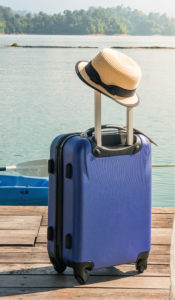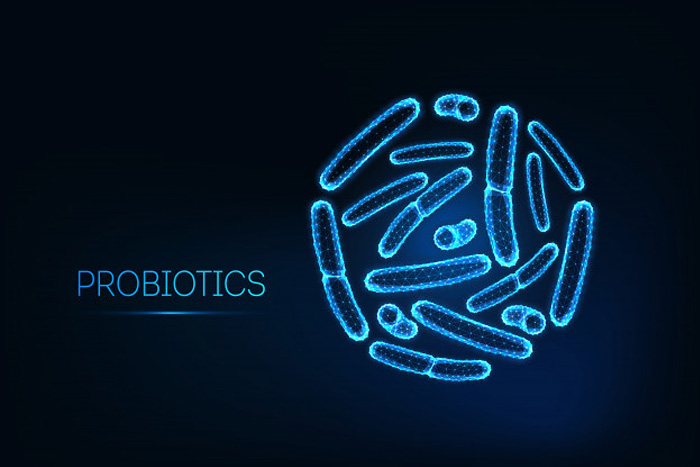What is Travellers’ diarrhoea?
Travellers’ diarrhoea (TD) is caused by consuming contaminated food or water while traveling and occurs in 30-70% travellers. It commonly occurs at local food places with poor hygiene practices. Travel destinations with highest risks include most parts of Asia, Middle East, Africa, Mexico and Central and South America regions. Countries with warmer climates where clean sanitation is less available are at high risks too.
Symptoms range from mild cramps and urgent loose stools to severe stomach pain, fever, vomiting and bloody diarrhoea. Bacteria are the most common cause, followed by virus and protozoa. Untreated bacterial diarrhoea lasts 3–5 days, viral diarrhoea lasts 2–3 days and protozoal diarrhoea can persist for weeks to months without treatment.
How can I protect myself from Travellers’ diarrhoea?
- Eating food that are freshly and fully cooked
- Drink beverages that are bottled, sealed, boiled, carbonated or treated with chlorine
- Wash hands with soap and water before eating or use alcohol-based hand sanitizers (with ≥60% alcohol) if no access to water
What are the treatment options available at the pharmacy?
- Oral rehydration salts: to stay hydrated by replenishing fluids and electrolytes lost
- Adsorbent antidiarrheal medications: to adsorb toxins/particles in the gut. Example include activated charcoal
- Pharmacy only antidiarrheal medications: to slow down the gut movement and stops diarrhoea. This type of medication is not recommended when you are having fever and/ or bloody stools
What are probiotics?
The normal human digestive tract contains about 400 types of probiotic bacteria that maintain the natural balance of organisms (microflora) in the intestines, reducing the growth of harmful bacteria that might cause diseases such as diarrhoea and promote a healthy digestive system. The largest group of probiotic bacteria in the intestine is lactic acid bacteria, of which Lactobacillus acidophilus is the best known. Other than the Lactobacillus species, Bifidobacterium and Saccharomyces boulardii are also commonly used to manage acute, uncomplicated diarrhoea. Probiotic effectiveness can be species-, dose-, and disease-specific. However, more evidence is still needed to support the clinical use of probiotics for different types of diarrhoea.
Although probiotics may help prevent and treat travellers’ diarrhoea, their effectiveness can be affected by many factors such as travel destination, local microflora, eating habits of the travellers, time point (before or during travel) and dosage form (such as a capsule or a fermented milk product) of the probiotics. Hence, the challenge has been to understand the right formulation for the right condition or individual. More significant benefits thus far stem from Bifidobacterium bifidum, Lactobacillus acidophilus, and Saccharomyces boulardii. More research is needed to recommend the use of probiotics in traveller’s diarrhoea.
Is it safe to take probiotics?
Probiotics are likely safe for most people including babies and children. Side effects are usually mild and most often include intestinal gas or bloating.
Caution should however be exercised in:
- Immunocompromised individuals (Such as individuals with HIV/AIDS or those taking immunosuppressant medications)
- Short bowel syndrome (might be more likely to develop infections)
- Pregnant or lactating mothers (seek advice from healthcare professionals)
Can I take probiotics with other medications, supplements and food?
Taking antibiotics along with probiotics can reduce the effectiveness of probiotics as antibiotics can also reduce this ‘friendly’ bacteria in the body. To avoid this interaction, take probiotics at least 2 hours before or after antibiotics.
Medications that decrease the immune system (immunosuppressants) can increase your chances of getting sick from these bacteria and yeast probiotics. Some common immunosuppressants include azathioprine, cyclosporine, mycophenolate, tacrolimus, prednisolone, corticosteroids, etc.
There is no known interaction with herbs, supplements or foods.
Want to find out more?
You can visit your nearest Unity Pharmacy and ask our pharmacists on duty for more in-depth information and advice for travellers ’diarrhoea and probiotics.
Reference
- Travelers’ Health. (n.d.). Retrieved from https://wwwnc.cdc.gov/travel/yellowbook/2020/preparing-international-travelers/travelers-diarrhea.
- Nazario, B. (2018, June 25). What Are Probiotics? Probiotic Supplements, Foods, Uses, Benefits, and Safety. Retrieved from https://www.webmd.com/digestive-disorders/what-are-probiotics.
- Nazario, B. (2018, June 25). Probiotics for Diarrhea: Types, Uses, Side Effects, Benefits. Retrieved from https://www.webmd.com/digestive-disorders/probiotics-diarrhea#1.
- Michael, Marteau, & R., P. (2007, March 1). Probiotics and Prebiotics: Effects on Diarrhea. Retrieved from https://academic.oup.com/jn/article/137/3/803S/4664760.
- Wilkins, T., & Sequoia, J. (2017, August 1). Probiotics for Gastrointestinal Conditions: A Summary of the Evidence. Retrieved from https://www.aafp.org/afp/2017/0801/p170.html.
- Riddle, M. S., Connor, B. A., Beeching, N. J., DuPont, H. L., Hamer, D. H., Kozarsky, P., … Ericsson, C. D. (2017, April 1). Guidelines for the prevention and treatment of travelers’ diarrhea: a graded expert panel report. Retrieved from https://www.ncbi.nlm.nih.gov/pmc/articles/PMC5731448/.
- Probiotics During Pregnancy. (2019, September 17). Retrieved from https://americanpregnancy.org/pregnancy-health/probiotics-during-pregnancy/.
- Lactobacillus: MedlinePlus Supplements. (n.d.). Retrieved from https://medlineplus.gov/druginfo/natural/790.html.










